Adenovirus is a type of virus that belongs to a group of sessile viruses. These viruses can cause various disease entities. One specific characteristic of adenoviruses is their affinity for the lymphatic system, leading to hypertrophy of adenoid tissue.
In more severe cases, there is a possibility of generalized infection. The disease caused by adenoviruses mainly affects the eyes, respiratory system, and gastrointestinal tract.
Adenoviruses, widely present in the environment, are pathogens that exhibit high resistance to environmental factors. They can affect individuals of all ages, spreading rapidly and posing a significant risk. Transmission often occurs through droplets or inadequate hygiene in public areas. These conditions are particularly dangerous for those with weak immune systems and young children.
Taking appropriate preventive measures can effectively reduce the risk of infection and disease progression. However, antibodies to various serotypes of adenoviruses can be detected in almost all adults, indicating that the condition was contracted during childhood.
Adenoviruses are viruses with double-stranded DNA that are resistant to environmental factors. This means that they multiply rapidly and are difficult to combat effectively. In temperate countries, adenovirus infections occur all year round. However, epidemics of respiratory illnesses are more common during the winter, spring, and early summer seasons.
Adenovirus infection is primarily transmitted through droplets![]()
or the fecal-oral route
![]()
. The mucous membranes of the respiratory tract, gastrointestinal tract, conjunctiva, and cornea serve as gateways for the disease to enter the body. Common situations where adenovirus infections may occur include the following:
Contact with an infected person – Contact with an infected person is the most common way to contract adenovirus. This occurs through close contact with an infected individual. Simply being in the presence of someone infected with adenovirus poses a risk of infection since the virus can be transmitted through exhaled air. Consequently, being in crowded and public places also increases the likelihood of contracting adenovirus.
Contact with an infected object – Contact with an infected object can lead to the transmission of Adenoviruses. These pathogens are remarkably resilient and can survive in various environmental conditions, including on objects like towels used by infected individuals. Furthermore, Adenoviruses have a high resistance to disinfectants, increasing the risk of contracting the disease through contact with contaminated items.
Being in public places – In public places, like hospitals, schools, nurseries, and daycare centers, there is a higher risk of adenovirus infection due to its multiple transmission routes and resistance to environmental factors and disinfectants. These conditions often lead to epidemics in locations with large crowds.
Contact with infected water – Adenovirus infection can be contracted by coming into contact with contaminated water. This includes drinking water that has been used by an infected individual. In addition, there is also a greater risk of infection at swimming pools![]()
. This applies especially to conjunctivitis, so people who wear contact lenses are also at risk.

The first symptoms of infection usually appear from 2 to 14 days![]()
after contact with pathogens. The specific symptoms depend primarily on which system they have attacked. Diseases caused by adenoviruses include respiratory infections, gastrointestinal infections, keratitis, and conjunctivitis. The course of illness also depends on the specific serotype of the pathogen. Therefore, symptom syndromes can be divided into different categories.
The respiratory system is responsible for supplying the bloodstream with oxygen to nourish cells, as well as carrying carbon dioxide out of the body. Diseases caused by adenoviruses in the respiratory system follow a similar course to the common cold or flu. As we age, the immune system fights cold-causing viruses more effectively, making older people less likely to suffer from respiratory infections caused by adenovirus. Symptoms include:

When adenoviral respiratory infection![]()
occurs, typical flu-like signs such as fever and sore throat are among the potential symptoms. Inflammation of the upper respiratory tract is a prevalent clinical presentation of adenovirus infections. These symptoms usually pass after about five days. According to the literature, the disease is generally mild, but the onset of high fever is often observed.
It has been noted that adenovirus infection can have a course of pseudo-pertussis syndrome accompanied by paroxysmal cough. In infants and young children, diseases involving the lower respiratory tract can take the form of pneumonia and bronchitis and can manifest as fever, pharyngitis, and conjunctivitis.
Adenoviruses are one of the leading causes of conjunctivitis and keratitis. Infection is favored by staying in ophthalmic wards, using contact lenses and shared towels, and swimming or bathing facilities. Sick people become infected even before the first symptoms appear, and infectivity lasts for 2-3 weeks after infection. Secondary bacterial superinfections are possible. Symptoms of adenoviral conjunctivitis and keratitis include:
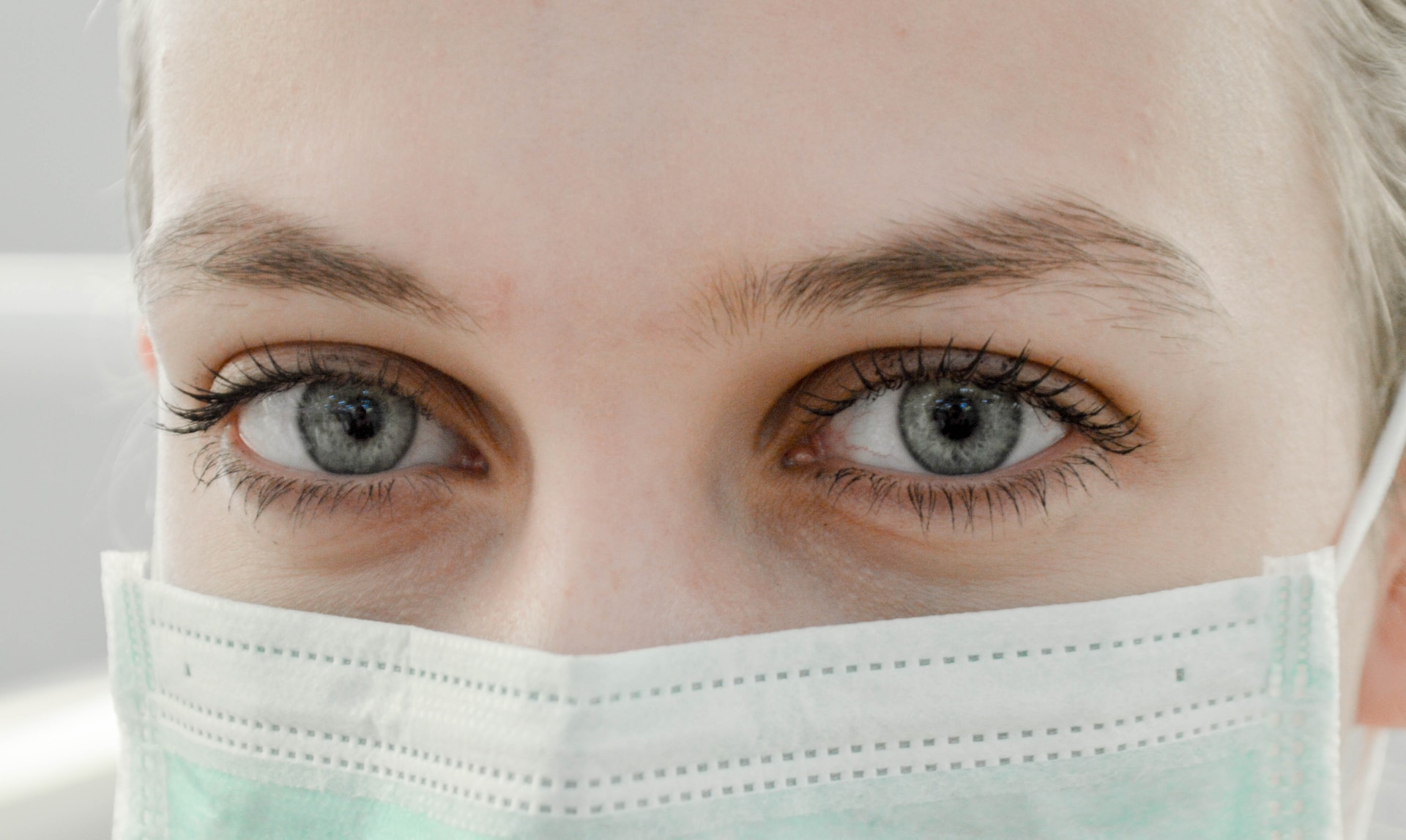
Adenoviruses are also very often responsible for ocular ailments. They primarily cause conjunctivitis![]()
and keratitis
![]()
. Adenoviral keratoconjunctivitis initially affects one eye, then the course can be bilateral. The virus can be transmitted by touching unwashed hands and using shared towels. Conjunctivitis can be hemorrhagic. Keratitis can lead to corneal opacity.
Conjunctivitis – It is a common ophthalmic disease. During this condition, an inflammatory process develops within the conjunctiva, which has a protective function for the eye. Depending on the reason, the condition can be completely harmless or carry a significant risk of developing severe complications.
Keratitis – Keratitis, a condition where the cornea – the outer layer of the eye – becomes inflamed and develops infiltrates, causing a loss of transparency. The cornea plays a crucial role in vision, located at the front of the eyeball in a convex shape. It performs essential functions in the visual process.
Gastrointestinal symptoms are also characteristic of adenovirus infection. Gastroenteritis caused by adenoviruses occurs mainly in children under two years of age. Adenoviruses are the second most common etiologic agent of diarrhea in children after rotavirus. Gastrointestinal symptoms of adenovirus infection include:
Adenoviruses are a common cause of hospital-acquired gastrointestinal infections![]()
. Respiratory complaints may then accompany gastrointestinal symptoms. It is also expected to find asymptomatic carriers of adenoviruses in the gastrointestinal tract. In the case of adenoviral diarrhea, stools are, in most cases, watery, without bloody rises. A relatively typical additional symptom for diarrhea caused by adenoviruses is fever and vomiting—symptoms of adenoviral diarrhea in children usually last longer than respiratory symptoms. Gastritis can last up to 11 days.
In early childhood, viral diarrhea is quite common. It's important to note that adenovirus, one of the culprits, can lead to severe complications and even life-threatening symptoms. Another virus known for causing similar symptoms is rotavirus. When children experience acute diarrhea, it becomes necessary to identify the cause. The most efficient way to do so is by conducting a stool test specifically for rotavirus and adenovirus.
In rare cases, adenoviral infections can produce unusual symptoms and cause other illnesses. This is especially true in immunocompromised individuals. Rare complications of adenovirus infections include neurological complications in the literature. Neuroinfections caused by adenoviruses carry a high risk of death. Adenoviruses can also cause:

Hemorrhagic cystitis – This predominantly affects children, particularly boys. The disease presents with symptoms such as hematuria![]()
(blood in urine) and frequent urination, often accompanied by fever. It manifests suddenly and worsens with the occurrence of hematuria. Notably, bacterial presence in urine, fever, and kidney disorders are absent.
Meningitis – Meningitis is a perilous infectious disease. It occurs when microorganisms enter the cerebrospinal fluid, leading to breathing infection-like symptoms. Common signs of meningitis include headache, fever, and stiffness in the neck. While some cases of meningitis may improve naturally within a few weeks without treatment, others can be fatal and demand immediate antibiotic intervention.
Myocarditis – Myocarditis occurs when the heart muscle cells, interstitial tissue, vessels, and sometimes the pericardium become inflamed, potentially causing heart muscle damage and heart failure. Symptoms of myocarditis vary among individuals and stem from the inflammatory process within the myocardium and impaired cardiac function due to inflammation, resulting in abnormal blood pumping into circulation. Common complaints reported by individuals with myocarditis include chest pain and shortness of breath.
Hepatitis and nephritis – Adenoviruses can cause acute and chronic hepatitis. The first symptoms of the disease are yellow-stained sclerae of the eyeballs, altered urine color, and indigestion. Nephritis, on the other hand, is a condition that involves inflammation of the interstitial tissue and renal tubule. During the disease, inflammatory cells infiltrate these structures, which contributes to the disruption of normal kidney function. Pain in the lumbar region should be alarming.
Infants, seniors, people taking immunosuppressive drugs, undergoing cancer treatment, immunocompromised, with chronic respiratory or heart disease are at greater risk for a more severe course of adenovirus infection.
Immunocompromised people![]()
are a particularly vulnerable group not only to getting sick but also to developing complications and even death. In this group, adenoviruses can cause single or multiple organ infections, including meningitis and encephalitis, lung, liver, heart muscle, and bladder, among others.
Adenovirus infections are generally mild and are completely self-healing. Adenovirus infections can be dangerous in immunocompromised patients and after organ transplants. These patients may develop multi-organ infections, pneumonia, hepatitis, meningitis encephalitis, and diarrhea.
In the diagnosis of adenovirus infections, methods are used. Diagnosing acute diarrhea always begins with checking whether the symptoms are caused by adenovirus or rotavirus. Most adenovirus infections are mild infections diagnosed based on clinical signs. Sometimes, however, additional tests are needed when, for example, there are intense symptoms and dehydration.
Diagnosis is essential, especially in infants and children, in whom the detection of the etiologic agent is critical in planning appropriate therapeutic management. Methods of adenovirus diagnosis include:
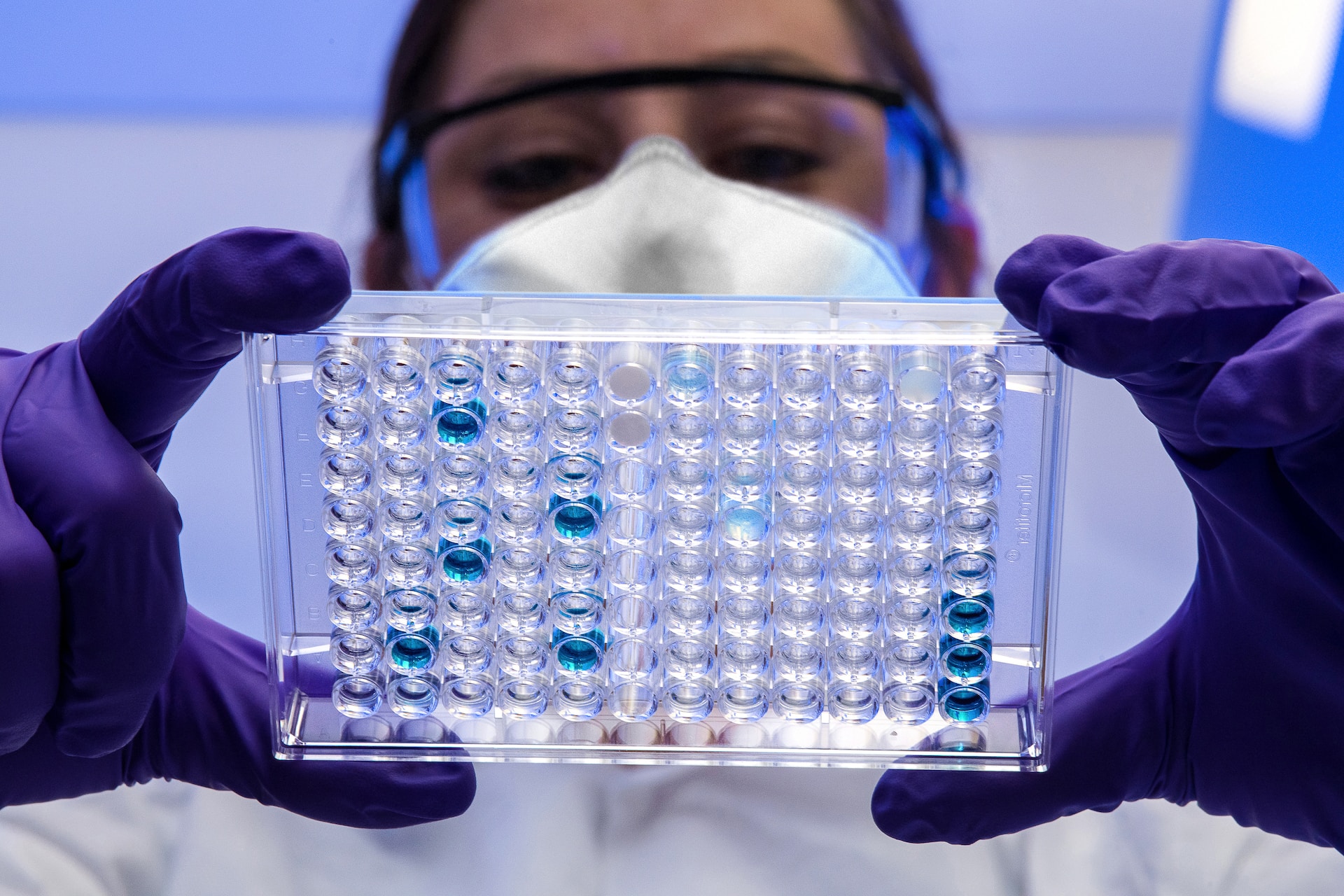
Blood testing – Serological determinations are the most widely used in diagnosing viral infections, although not exclusively. They enable the identification of both antibodies and the pathogens themselves in the bloodstream. If you experience respiratory symptoms, your healthcare provider may request this type of test. Stool samples are commonly utilized if diarrhea is present.
Stool testing – Stool testing is an effective method for detecting viruses, particularly in stool samples collected promptly after the symptoms appear. This non-invasive test is performed using diarrheal stools, enabling a faster diagnosis during acute diarrhea. It can quickly identify the two main viral causes, namely rotaviruses and adenoviruses, significantly reducing the time needed for accurate diagnosis.
Currently, there is no effective therapy that is specific for diseases caused by adenoviruses. The choice of treatment method of adenovirus infection depends on the location of the adenovirus attack. For most illnesses caused by adenoviruses, symptomatic treatment is used. In severe adenovirus infections, some antiviral drugs are attempted.
The greatest danger, especially for pediatric patients, is the severe dehydration that occurs during its course, which can result in hospital treatment due to the difficulty of replenishing fluids at home. Thus, treatment methods for adenovirus infections include:
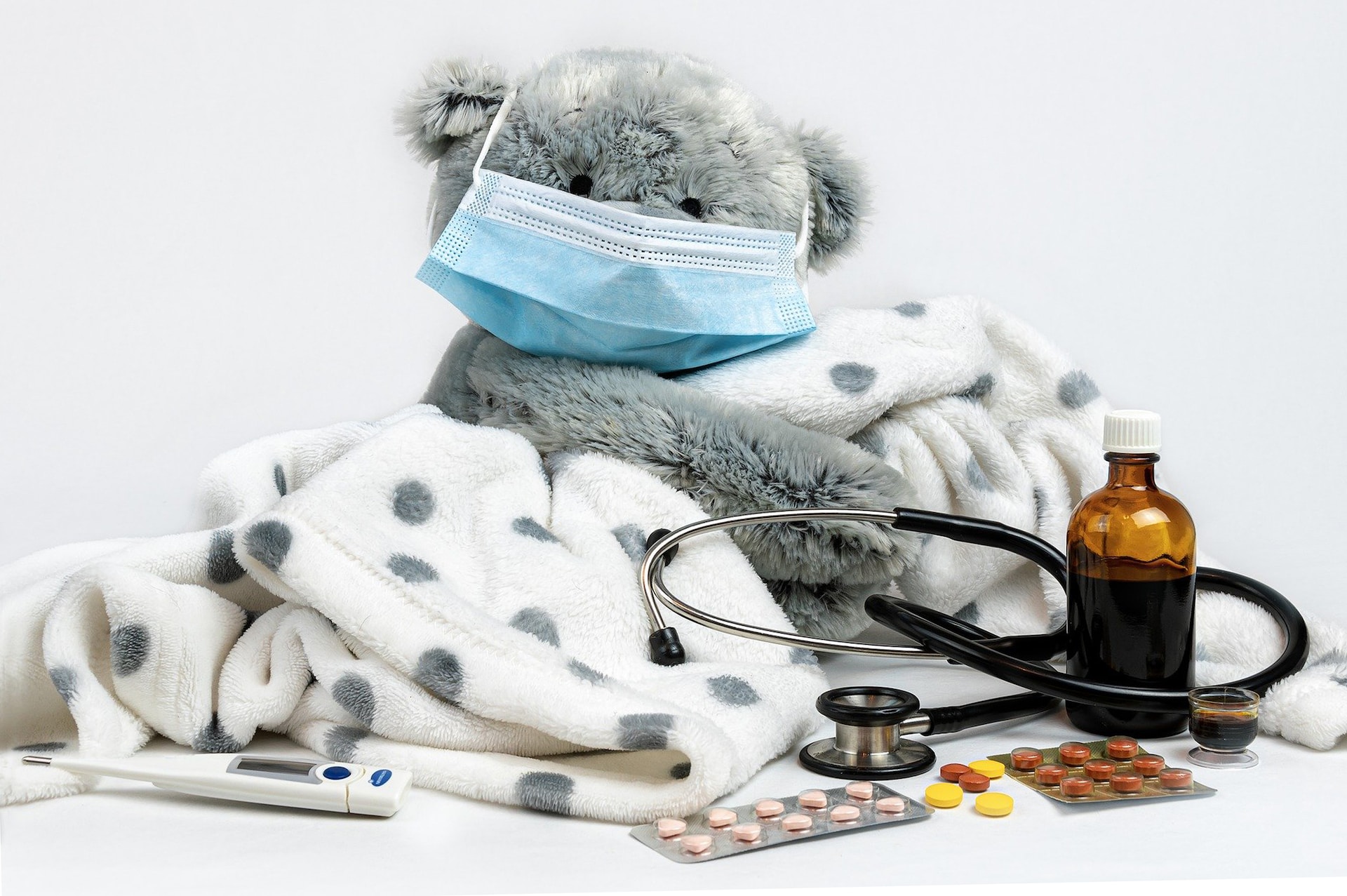
Symptomatic treatment – Treatment of adenovirus infections uses medications that act symptomatically and supportively. Depending on the symptoms present, different types of drugs are administered. These may include antipyretics, analgesics, or antidiarrheal drugs. Signs should be relieved by resting, moistening the throat, and using expectorants for cough or nasal decongestants.
Proper diet – A proper diet plays a crucial role in managing adenovirus-induced digestive system attacks and associated symptoms like diarrhea. It is important to follow an easily digestible diet that does not exacerbate the symptoms. For individuals experiencing gastroenteritis, incorporating probiotics into their diet can be beneficial. Those suffering from persistent diarrhea and vomiting typically consume liquid or semi-liquid meals.
Hydration – Proper hydration is crucial in cases of high fever. It is important to prevent dehydration, which can worsen the patient's condition. This is because water loss can lead to severe electrolyte imbalances, affecting heart rhythm and potentially causing fainting. Painful constipation, fatigue, and even kidney disorders can occur.
Antiviral treatment – Treatment of viral diseases is usually symptomatic. Immune boosting, or immunotherapy, also plays a significant role in treatment. However, in severe cases, the doctor may administer antiviral drugs. Drugs for viral diseases have different mechanisms of action. Like any drugs, those that act on viruses can also cause some side effects. But antiviral treatment can be more effective with immunotherapy![]()
.
Immunocompromised people are a particularly vulnerable group not only to getting sick but also to developing complications and even death. In this group, adenoviruses can cause single or multiple organ infections. These include meningitis and encephalitis, lung, liver, heart muscle, and bladder. However, adenovirus is most dangerous when it causes neuroinfections.
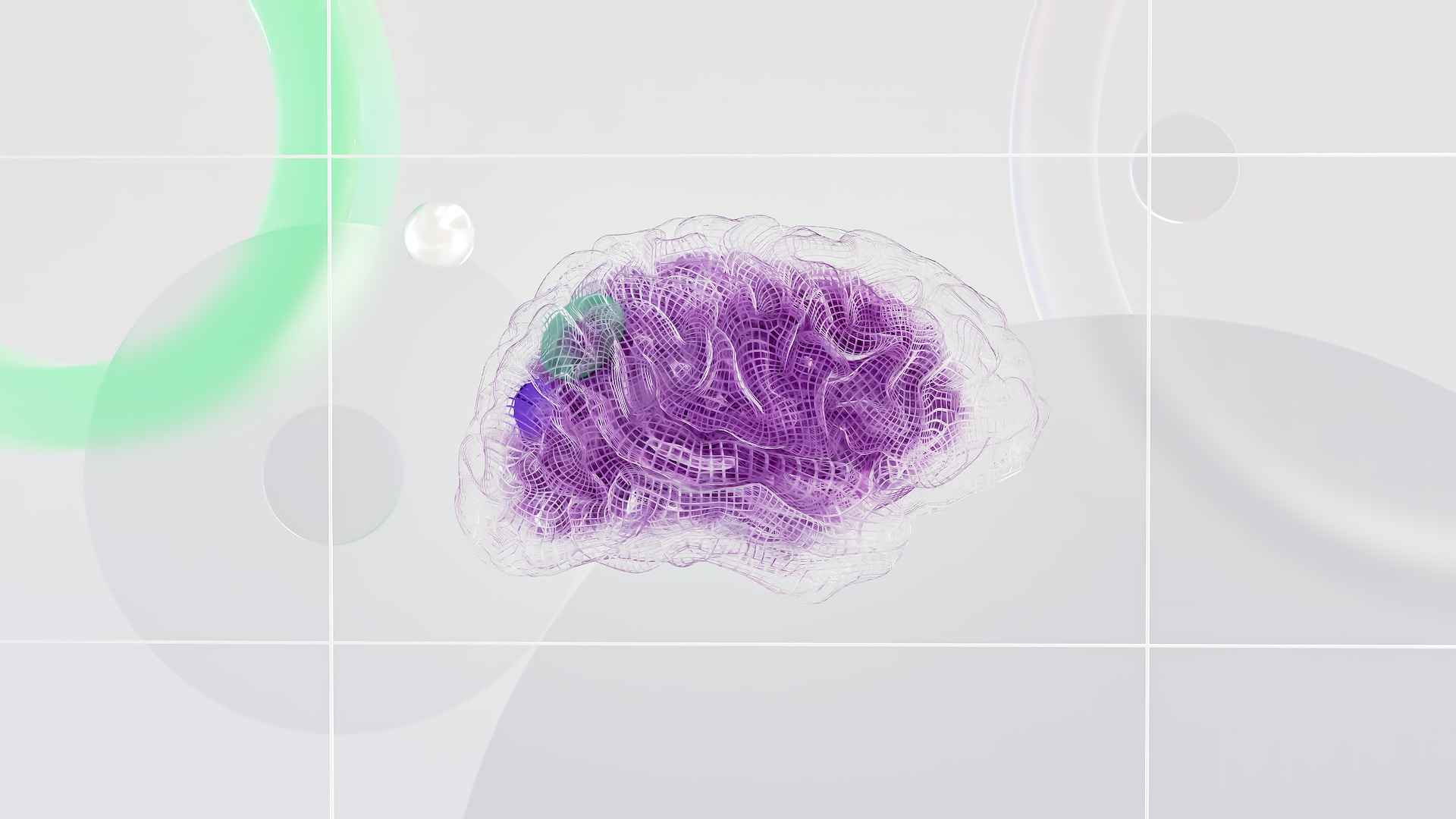
Neuroinfection – Infections of the central nervous system![]()
are referred to as neuroinfections. Bacteria and viruses usually cause them. A suspected neuroinfection is an indication of a lumbar puncture, which involves collecting cerebrospinal fluid from the space between the vertebrae in the lumbar spine. Blood laboratory tests and neuroimaging studies are also performed.
Neurological complications of adenovirus infections are rare but carry a high risk of death. The disease more often affects newborns and people with immune system failure. A primary focus of infection develops at the site of invasion. During this period of the disease, there are various uncharacteristic symptoms. The virus enters the central nervous system through the bloodstream, starting from the primary site of infection.
Regardless of the cause, patients with acute viral encephalitis typically experience similar symptoms. These commonly include fever or sub-febrile states, headaches, various levels of consciousness impairment, and specific focal symptoms like paresis, paralysis, and seizures. In some patients, personality and behavioral changes predominate, and in some, psychiatric disorders may be the cause of delayed diagnosis. In some cases, a characteristic clinical course is observed.
Adenovirus is a common pathogen that causes viral infections in both children and adults. It primarily targets the respiratory tract, gastrointestinal tract, and visual system. It is easily transmissible, making prevention crucial. Individuals with compromised immune systems, children, and pregnant women should take extra caution.
The potential risk of a cold during pregnancy depends on the stage of pregnancy and the type of infection. In the first trimester, the likelihood of harmful microorganisms entering the placenta and causing intrauterine infections is relatively low. As a result of a cold in pregnancy, in the last months of pregnancy, there may be no symptoms from the fetus. However, there may also be more severe consequences. Much depends on the type of infection.
One of the most dangerous for expecting women is parvovirus B19. The infection caused by it has two main symptoms: joint pain and rash, along with other flu-like ailments. Therefore, it is crucial for pregnant women who experience concerning symptoms to undergo a comprehensive diagnosis. This will help identify the specific pathogen responsible and allow for prompt adjustment of treatment.

Certain studies have found a correlation between the presence of adenoviruses in amniotic fluid and various fetal abnormalities![]()
, as well as low birth weight and premature birth. However, it should be emphasized that such cases are uncommon and further research is necessary in this particular field. It is also important to keep in mind that excessive discomfort leading to dehydration or high fever can have negative effects on the baby. In certain cases, persistently high body temperature in women can even result in miscarriage. Dehydration can have a negative impact on the baby's well-being by reducing blood flow through the placenta.
The treatment for a cold during pregnancy depends on the type of infection. In the case of a viral infection, managing symptoms and supporting immunity are the primary approaches. Since there are no specific medications for most viruses, immediate measures are essential. Oral rehydration plays a crucial role in preventing dehydration caused by diarrhea or vomiting. Additionally, it is recommended to consume easily digestible foods. If a fever occurs, it can be brought down with paracetamol during pregnancy.
Prophylaxis of adenovirus infections is similar to all viral diseases transmitted by various routes. In contrast, patients usually do not require post-treatment follow-up after adenovirus infection. Only those with keratoconjunctivitis and severe pneumonia require post-treatment ophthalmologic follow-up. To avoid infection, standard rules should be followed to reduce the possibility of contracting viral diseases.
The role of hygiene in health care has been emphasized for years. Such a simple act as thoroughly washing hands prevents the spread of many diseases. The risks associated with inadequate hygiene can be felt, for example, in the autumn and winter, when there are more cases of cold and flu, especially in large concentrations of people, such as schools, workplaces, and shopping malls.
It is impossible to avoid contact with pathogens, but you can minimize the risk of infection by thoroughly washing your hands when you return home. A trip on public transportation and a visit to an office or a kindergarten are sufficient reasons to wash your hands very thoroughly.
During a cold, it is important to ensure regular hand washing to prevent the spread of viruses and bacteria. Make sure to wash your hands after using a handkerchief, sneezing, and coughing. While the common cold is typically transmitted through droplets, even contact between an infected needle and the face can be sufficient to transfer viruses and bacteria.
An occupational group that should especially adhere to the principles of hygiene and adequately wash and disinfect hands are medical and peri-medical service workers. As a standard, each office should have its sink and a dispenser with hand sanitizer and disposable paper towels.

Disinfection is a procedure that aims to destroy microorganisms such as bacteria and viruses, especially those that are pathogenic. Disinfection treats objects and surfaces that may have become contaminated with pathogenic organisms. Contrary to appearances, disinfection does not involve removing all microorganisms present.
During the disinfection process, harmful bacteria are effectively reduced, limiting potential health risks. However, it is important to note that adenoviruses are resistant to disinfection, so it is strongly advised to avoid using other people's personal items, like towels or eye drops, as they can carry a higher risk of infection.
Ethyl alcohol – Ethyl alcohol is an effective disinfectant against adenoviruses. When an aqueous solution of alcohol is used, it causes proteins to undergo denaturation. This, in turn, destabilizes the lipid membranes of both bacteria and viruses, effectively inactivating them. Ethyl alcohol is readily accessible and can be found in various preparations available on the market.
Additionally, it is possible to create your own disinfectant using alcohol. However, it is important to note that alcohol's disinfecting properties are most effective at higher percentages. Diluting it with water is sometimes necessary, but it must be done in strict proportions to ensure proper disinfection. Otherwise, the liquid will not effectively eliminate pathogens.
In order to effectively combat any disease, it is crucial that our immune system operates at its best. The human body has built-in defense mechanisms to protect against a variety of infections, including viral infections. Hence, the primary focus in preventing adenoviral infections should be on maintaining a strong immune system. Numerous factors determine the body's immunity levels.
Diet – The immune system's functioning is influenced by diet and nutrition because it is through food that the body obtains essential nutrients. Including nutrients in one's diet is crucial for enhancing immunity. We should only supplement deficiencies of vitamins or other elements in the body if we lack them or are at risk of poverty. It is also now known indisputably that obesity can lower immunity. It causes chronic inflammation in the body, thus losing the strength to fight dangerous microorganisms, increasing the risk of infection.
Physical activity – Regular physical activity offers numerous advantages and benefits. Engaging in sports not only strengthens muscles, bones, and joints but also positively impacts the cardiovascular, respiratory, and nervous systems. Additionally, it boosts immunity. Tailored to individual abilities, regular physical activity stimulates the release of happiness hormones, reducing anxiety and stress. It is important to remember to rest when participating in intense sports activities as recovery is necessary after exertion.
Sleep – Prolonged sleep deprivation can lead to various health conditions, including cardiovascular disease, obesity, diabetes, hypertension, and weakened immunity. The amount of sleep needed varies based on factors like age and genetics. On average, adults require 7-8 hours of sleep. Additionally, creating suitable sleeping conditions can enhance the effectiveness of nighttime recovery. Key elements that influence sleep quality include a comfortable mattress, pillow, bedding, and appropriate thickness of the comforter based on the temperature.
Alcohol and cigarettes – Alcohol and cigarettes are substances with addictive effects. They have the ability to disrupt consciousness, perception, and behavior. Additionally, they can lead to lasting and irreversible changes in the nervous, endocrine, and circulatory systems, as well as weaken the immune system. Therefore, it is advisable to avoid alcohol and cigarettes, as these products generally negatively affect health and increase the risk of contracting various types of diseases and infections.
Adenoviruses are infectious particles that belong to the DNA virus family. They are responsible for a significant number of viral infections in both children and adults. Symptoms of adenoviral disease can affect the respiratory system (sore throat, fever, cough, runny nose), gastrointestinal system (diarrhea, vomiting), and ocular system (keratoconjunctivitis). In some cases, adenoviruses can also cause inflammation in the liver, kidneys, or heart muscle.
These pathogens are widely found in the environment and exhibit high resistance to environmental factors. They can rapidly spread, posing a considerable risk of infection. The primary modes of transmission are droplets and poor hygiene in public places. Currently, there is no targeted therapy for adenoviral diseases. Treatments depend on the affected site, with symptomatic measures being commonly used. In severe cases, certain antiviral drugs may be attempted.
Table of Contents
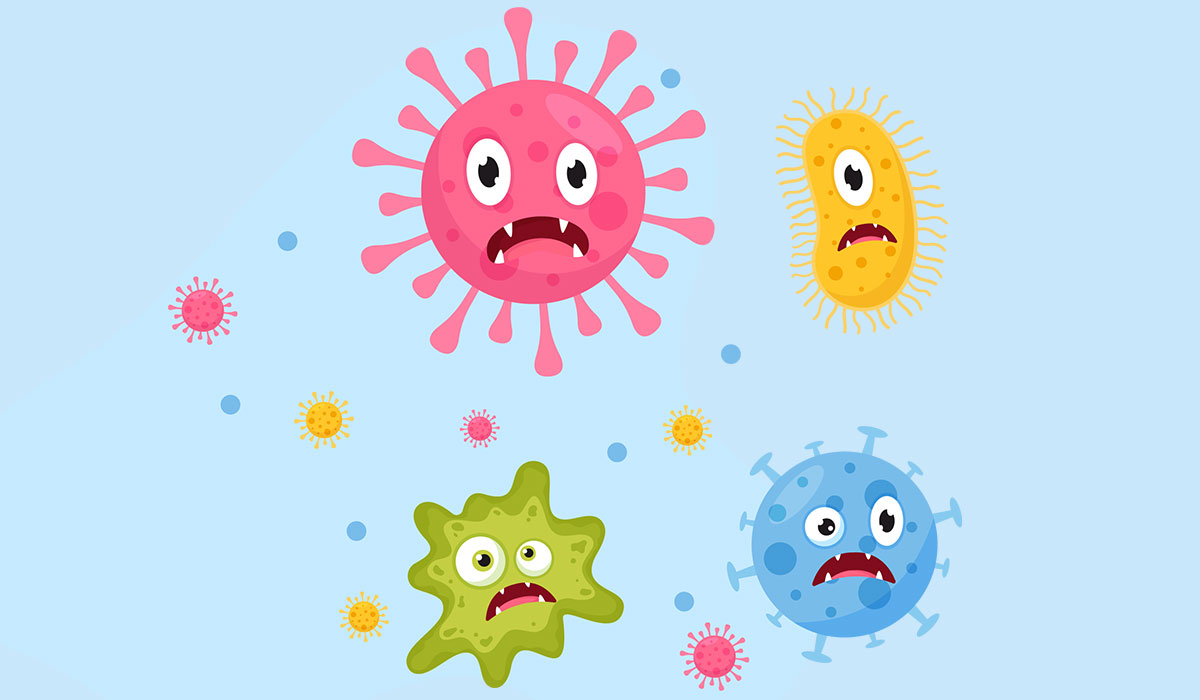

Viruses are microscopic infectious agents that can only replicate inside the living cells of a host organism. They are not… read more »
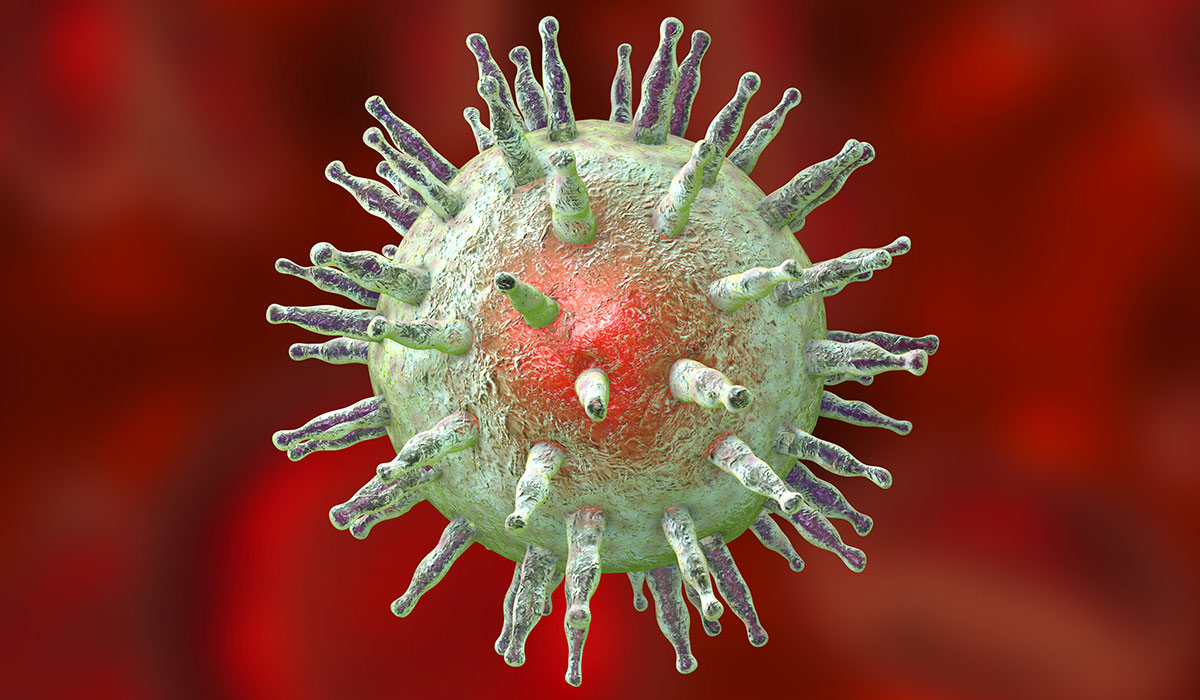

Epstein Barr Virus is a pathogen that causes infectious mononucleosis and many other diseases. Learn about the risks associated with… read more »
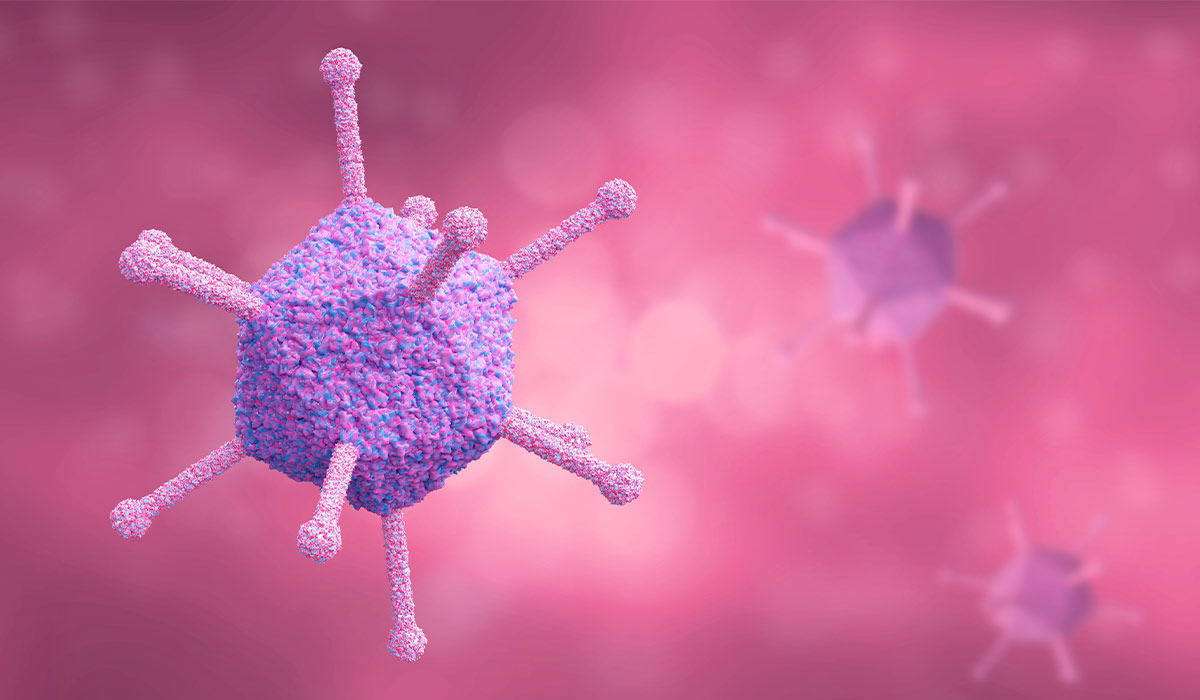

Croup is a common respiratory disease It is often seen in children under the age of 5 years. Learn about… read more »


A viral infection occurs when a virus invades the body and begins to multiply. Viruses are tiny infectious agents that… read more »


Do you know what the mononucleosis symptoms are? Find out how to recognize EBV infection. Learn about treatment methods and… read more »
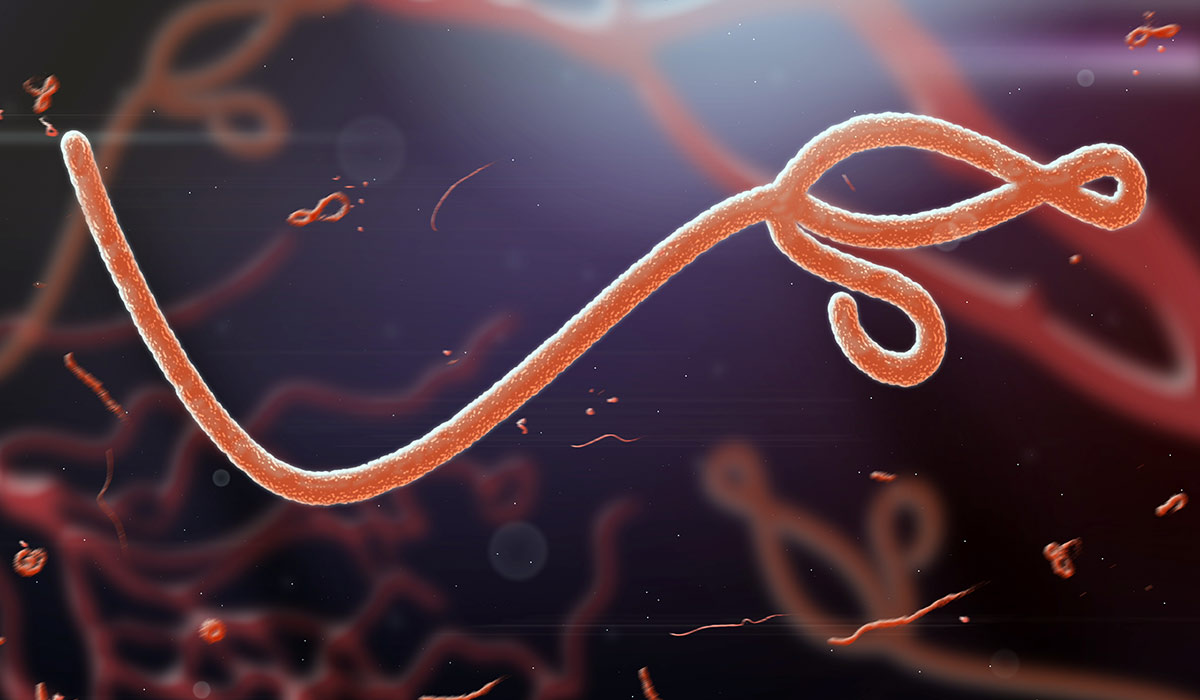

The Ebola virus continues to pose a threat to those living in Africa. Learn about the risks associated with Ebola… read more »


Eye infections are common conditions where an eye becomes red, itchy, and painful. What are the common causes? How is… read more »


Diarrhea is usually a symptom of a gastrointestinal infection. It is characterized by excessive excretion of stool with a loose… read more »


A common cold is a set of symptoms associated with inflammation of the mucous membranes of the nose, throat and… read more »